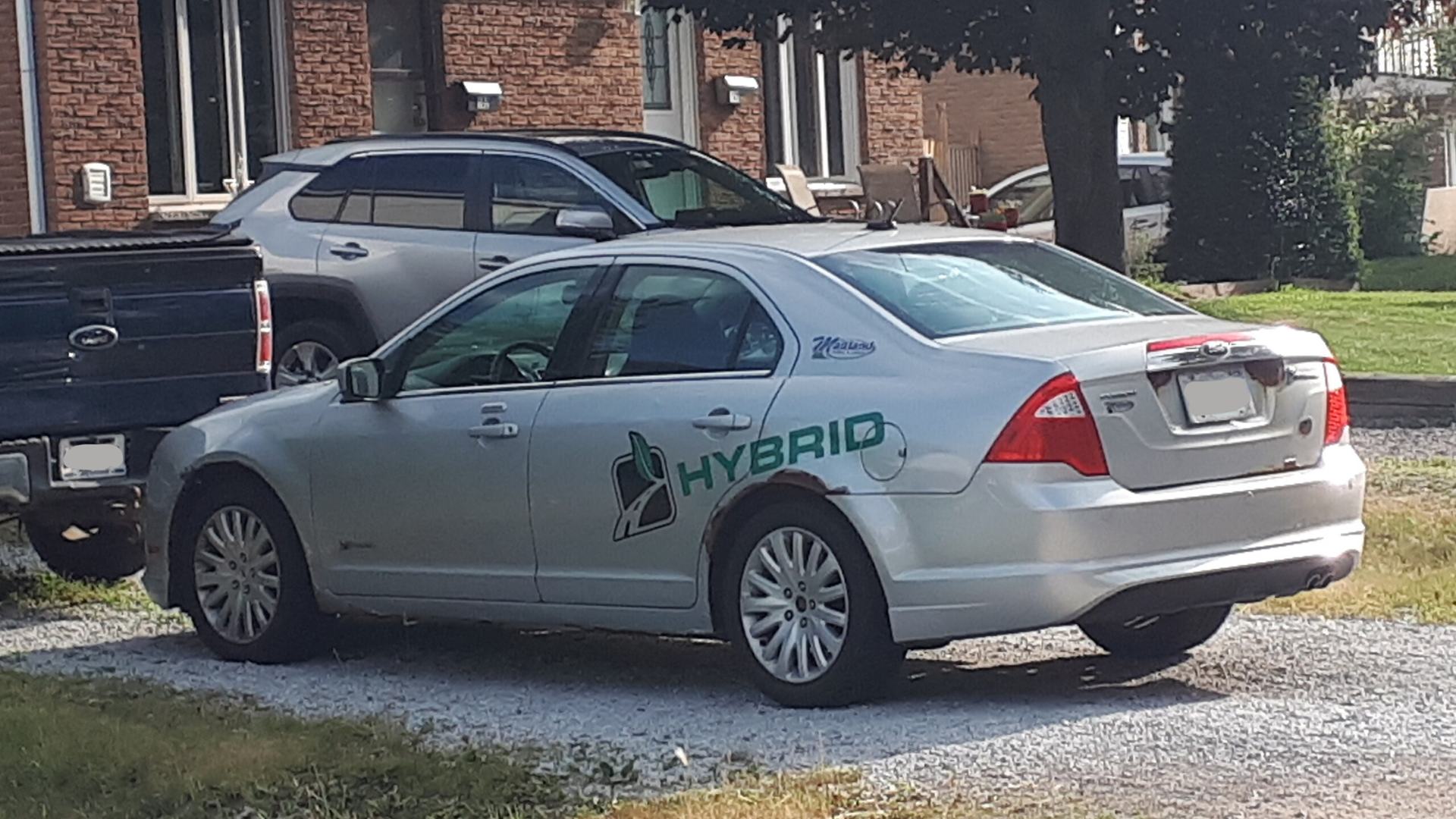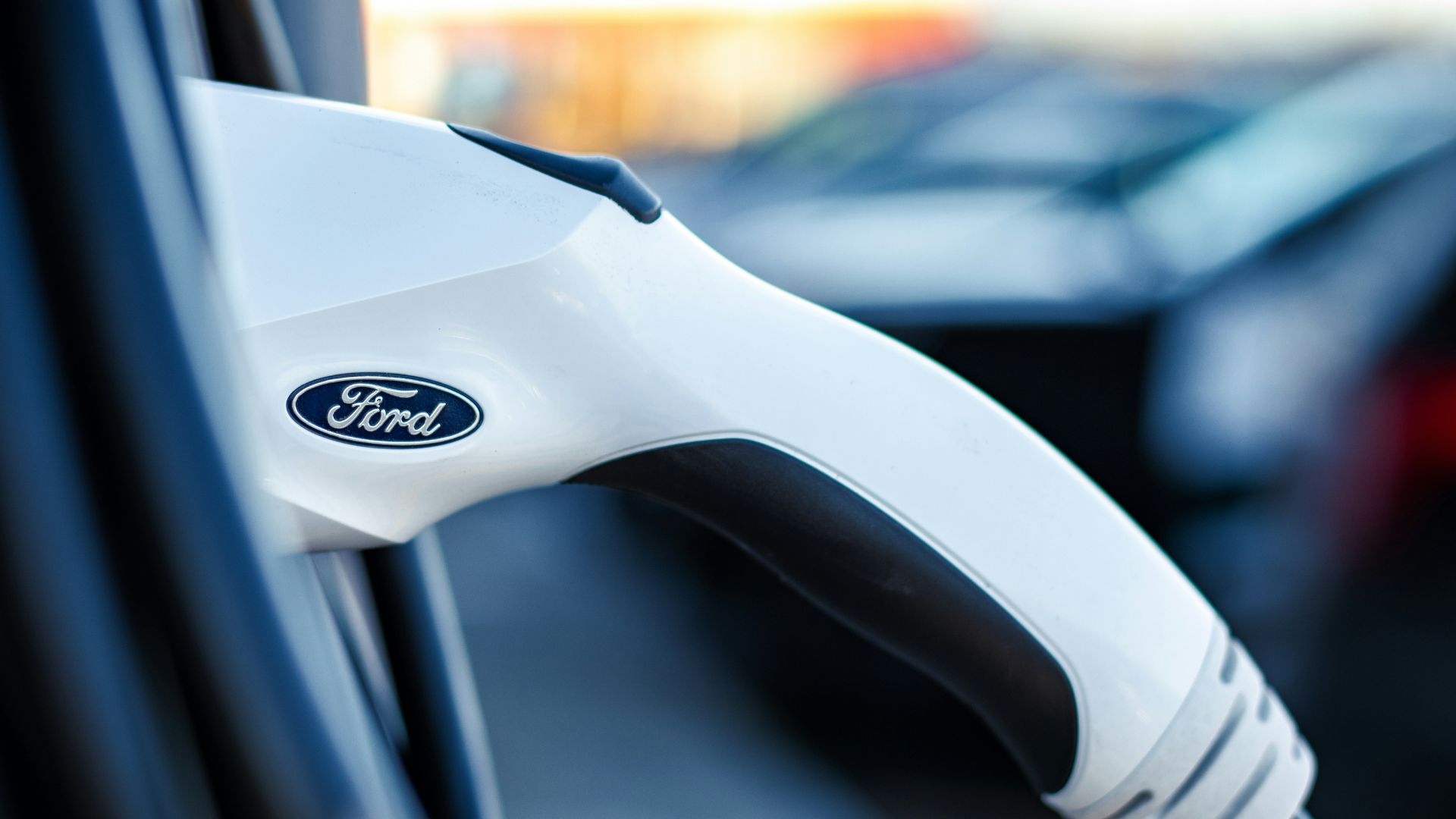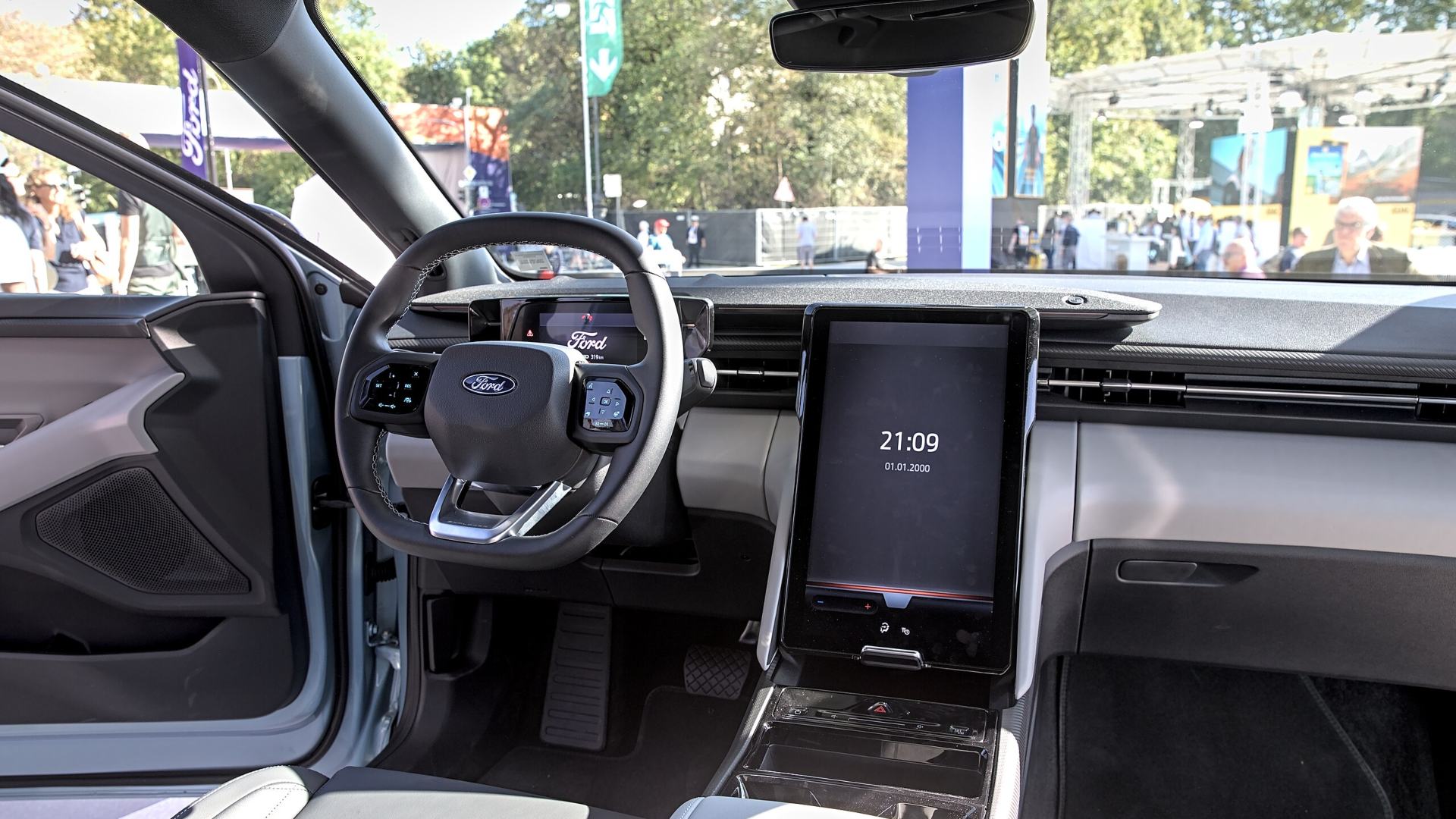On Thursday, Ford’s chief operation officer for Ford Model e made comments to CNBC outlining a new strategy shift for the company that will lean more towards hybrid vehicles and less on EVs.
The company will also try to aim for more affordable models of EVs, which they feel will have higher adoption rates than their vehicles had previously.
Gjaja’s Comments

Marin Gjaja, chief operation officer for Ford’s electric vehicles unit, told CNBC about the company’s plans to seek out areas where they can compete better.
“We’re quite convinced that the highest adoption rates for electric vehicles will be in the affordable segment on the lower size-end of the range,” Gjaja said. “We have to play there in order to compete with the entrants that are coming.”
Ford’s Plan

This week Ford announced a shift in its EV strategy where it intends to make moves to refocus amid losses.
“As we’ve learned in the marketplace, and we’ve seen where people have gravitated, we’re going to focus in where we have competitive advantage, and that’s on commercial land trucks and SUVs,” Ford CFO John Lawler said Wednesday.
EV Changes

Part of this new plan from Ford on how to tackle the EV market will involve delaying the creation of a new EV plant and canceling a three-row electric SUV.
Instead, the first new EV produced by the company is expected to be a commercial van, coming in 2026.
Costing the Company

Although this change in strategy is being framed as better in the long run, it will be a hindering expense in the short term.
The costs for this shift will be up to $1.9 billion, which include $500 million in manufacturing asset write-downs and additional expenses of up to $1.5 billion.
Hybrid Models

Ford intends to lean into expanding its popular line of hybrid models while reducing what it is investing in EVs amid pressure from Chinese competitors.
According to Lawler, future capital expenditures will be reduced from 40% down to 30% for all-electric vehicles.
EV Losses

In recent years Ford has started to make the move to transition from gas-powered vehicles to EVs, but losses and a disappointing rate of adoption have given the company pause.
In April, Ford announced that its reported electric vehicle losses in Q1 totaled $1.3 billion, which was blamed for dragging down its overall earnings.
Where Do the Losses Come From?

Ford has been losing money from the cost to build EVs and batteries, but also from the investments it had made into research and development that have yet to pay off.
In response to the losses, Ford says it will take steps to improve profitability, which includes accelerating battery production in the US take better advantage of tax incentives.
Slow Adoption

The adoption of Ford’s EV vehicles has been slower than expected, and early high adoption rates teased the company with what could have been.
“What we saw in ’21 and ’22 was a temporary market spike where the demand for EVs really took off,” Gjaja told CNBC during an interview earlier this year. “It’s still growing but not nearly at the rate we thought it might have in ’21, ’22.”
Investor Perspective

Ford hopes that by offering better-positioned EV options they can improve their adoption rate, and investors have expressed positivity around the change.
“Overall, these changes will position Ford to benefit from growing demand for EVs, while also focusing on areas in which it has a Core competitive advantage,” Bank of America’s John Murphy wrote Wednesday in an investor note. “Given the size of the charge, this is clearly a tough decision in the short-term, but we think makes sense in the medium to long-term given what will likely be subpar economics in the three-row CUV/SUV segment.”
China’s Shadow

One factor looming large in industry players’ minds is the impact of China, which has the potential to overwhelm the global market with its electric vehicle technology and compete on price with American manufacturers.
“As we’ve watched in the last 18 to 24 months, the emergence of incredible products and formidable competitors in China has really been, I think, the story for us,” Gjaja said. “And so now, when we look at the competitive landscape, we have to chin ourselves against the most competitive companies in China.”
EV Tariffs

In an effort to help out American EV producers, US President Joe Biden this year announced the quadrupling of tariffs on Chinese EV exports.
“With extensive subsidies and non-market practices leading to substantial risks of overcapacity, China’s exports of EVs grew by 70% from 2022 to 2023—jeopardizing productive investments elsewhere. A 100% tariff rate on EVs will protect American manufacturers from China’s unfair trade practices,” a White House Statement said.
